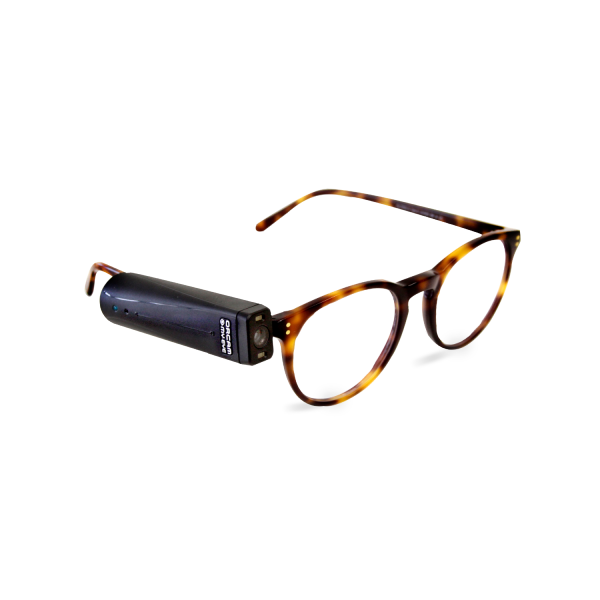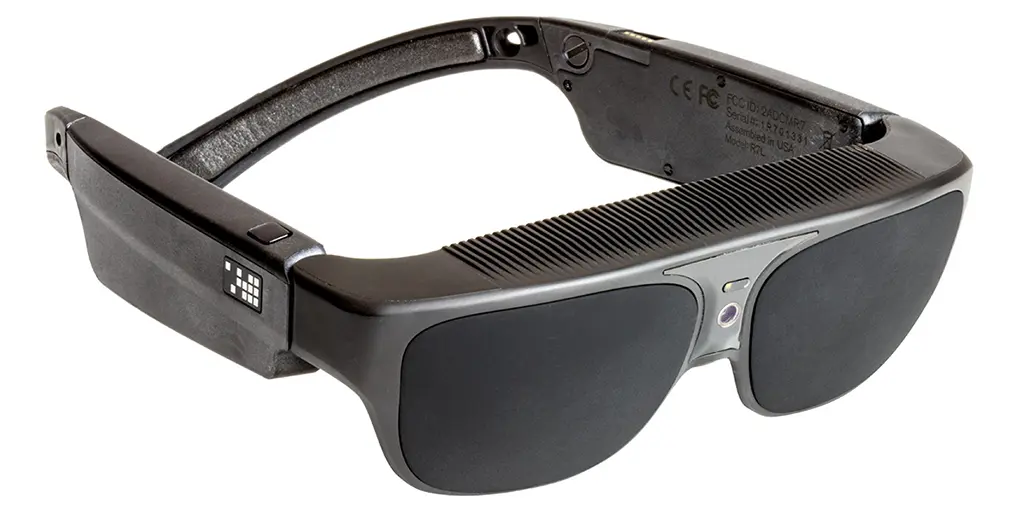OCR Devices for the Blind: Breaking Barriers with Optical Character Recognition
OCR Devices for the Blind: Breaking Barriers with Optical Character Recognition
Blog Article
Discover Advanced Assistive Devices for Individuals With Aesthetic Problems
The landscape of assistive modern technology for individuals with aesthetic disabilities is advancing quickly, offering a series of cutting-edge gadgets that boost freedom and engagement (Braille displays and notetakers). From wise glasses that flawlessly merge aesthetic input with acoustic support to sophisticated navigating applications that redefine spatial awareness, these devices are reshaping possibilities. The most current innovations in Braille modern technology and voice-activated systems significantly contribute to availability. The implications of these advancements prolong much beyond simple capability; they test conventional understandings of special needs and freedom. What might this mean for the future of addition and assistance?
Smart Glasses Innovations
Smart glasses represent a significant innovation in assistive modern technology for individuals with aesthetic disabilities. Outfitted with cameras and sensing units, wise glasses can capture real-time aesthetic information, which is then refined and conveyed to the customer via sound responses or haptic feelings.
Moreover, innovations in expert system have further boosted the capacities of smart glasses. Artificial intelligence formulas can recognize faces, checked out text, and recognize items, making them very useful tools for everyday jobs. Users can get acoustic cues that supply context concerning their atmosphere, promoting freedom and self-confidence.
Additionally, the ergonomic style and light-weight nature of lots of clever glasses make them ideal for prolonged usage, making certain comfort while improving capability. As these gadgets proceed to develop, they hold the prospective to transform the way individuals with aesthetic problems experience their day-to-days live, connecting the void in between accessibility and technology. The ongoing research study and development in this field guarantee to broaden the opportunities for smart glasses, making them a necessary part of modern assistive devices.
Navigation Apps and Equipment
Numerous navigation apps and tools have emerged as vital sources for individuals with visual disabilities, substantially enhancing their capability to pass through unknown atmospheres. These innovations take advantage of GPS performance, audio cues, and real-time data to provide customers with specific navigating support.
One famous example is the Aira app, which connects users to trained agents that can supply aesthetic summaries of surroundings and navigating support with an online video clip feed. This service enhances the user's spatial recognition and confidence while navigating. One more notable device is Seeing Eye GPS, which uses voice-guided navigating and sights, enabling customers to gain access to important details concerning their surroundings.

As innovation continues to advancement, the advancement of much more sophisticated navigating tools assures to more encourage individuals with visual impairments, promoting smooth wheelchair and integration into diverse atmospheres. Such advancements are important in promoting an extra comprehensive society.
Braille Modern Technology Advancements
In recent times, developments in Braille innovation have actually dramatically transformed exactly how people with visual problems access information and engage with the world around them. The advancement of mobile Braille display screens has actually changed reading by permitting customers to attach wirelessly to smartphones, computers, and tablets. These gadgets transform message right into Braille in real-time, making it possible for smooth communication with digital material.
Additionally, cutting-edge Braille printers have actually arised, improving the production of tactile materials. Modern embossers are quicker and extra reliable, enabling the quick creation of Braille documents and educational products. This performance lowers the time and cost related to generating Braille sources, making them a lot more easily accessible to institutions and organizations.
In addition, the integration of Braille with other modern technologies, such as expert system and device learning, has opened brand-new opportunities for personalized discovering experiences. Voice recognition and synthesis modern technologies can match Braille, providing a comprehensive strategy to info circulation.
As the need for comprehensive education and learning and workplace settings expands, these technical improvements play a vital role in encouraging individuals with visual impairments, ensuring they have equivalent accessibility to details and opportunities in different elements of life.
Wearable Gadgets for Independence
An expanding selection of wearable devices is boosting self-reliance for people with aesthetic problems, offering innovative remedies that enhance navigating and daily living. Braille displays and notetakers. These gadgets use advanced innovations to give real-time feedback and assistance, promoting autonomy in different settings

Wearable modern technology also includes smartwatches that can be programmed with availability attributes, enabling customers to obtain notices, track their areas, or perhaps ask for help with the touch of a switch. Some devices include artificial knowledge to analyze the atmosphere, offering sound descriptions of neighboring things or individuals.
Voice-Activated Assistive Solutions
Leveraging voice-activated assistive options has changed the landscape of assistance for people with visual problems, providing hands-free blog interaction and access to a range of jobs. These modern technologies make use of all-natural language processing and expert system to allow individuals to perform day-to-day tasks via straightforward voice commands.

In addition, current innovations in voice acknowledgment precision have actually boosted the user experience considerably, accommodating varied accents and speech patterns. This inclusivity makes sure that even more people can profit from these modern technologies, cultivating a better feeling of autonomy.
Conclusion
To conclude, the advancement of advanced assistive devices dramatically enhances the independence and lifestyle for people with visual problems. Advancements such as see wise glasses, navigating apps, Braille modern technology, wearable gadgets, and voice-activated options collectively foster an even more comprehensive setting. These innovations empower users to browse their surroundings with confidence and involve more fully with the globe, ultimately advertising better availability and equal chances for people dealing with aesthetic difficulties.
The landscape of assistive innovation for people with visual impairments is developing swiftly, presenting a range of cutting-edge devices that boost autonomy and involvement.Smart glasses represent a significant improvement in assistive technology for people with visual impairments. As these devices proceed to progress, they hold the potential to change the method people with visual problems experience their everyday lives, linking the gap in between ease of access and technology.In current years, advancements in Braille modern technology have actually significantly changed how people with aesthetic impairments gain access to information and involve with the globe around them. These technologies equip individuals to navigate their surroundings with confidence and involve even more fully with the world, eventually advertising greater availability and equivalent opportunities for individuals encountering visual challenges.
Report this page